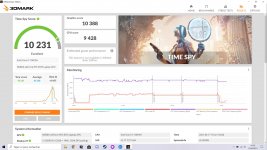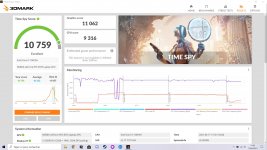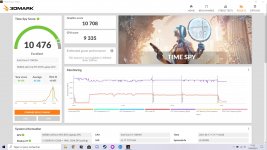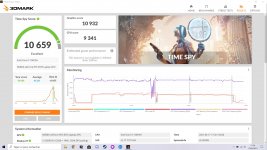In fact, in Afterburner, you have a graphic where you see the link between frequency and voltage. I setup 2 things :@cedrixman I am no expert of GPU undervolting as rarely my GPU risks to throttle, given the ample die size. However when you say 725 mV at 1500 Mhz are you saying that you allows your GPU to any given Mhz but, the only variation you make are, giving the GPU less voltage at each Mhz step? Or are you also hard-limiting the Mhz overall?
I've never done GPU undervolting, so I asks that. Can your GPU still boost to the max frequency Nvidia planned it to reach?
1) Limiting the frequency (1500MHz is the standard max frequency i can see on game)
2) Undervolt and indicate to the system that at 1500MHz, the voltage will be 725mV instead of 1V
As the CPU and GPU share some of the heat pipe, by reducing the GPU temp, you will reduce the CPU temp and you will also reduce the fan noises.
My experience on Cyberpunk (1440p, ultra), CPU : 75 deg and my GPU : 70 deg
This is for me as important as undervolting CPU (and Nvidia GPU accept a huge undervolting compared to Intel CPU)




